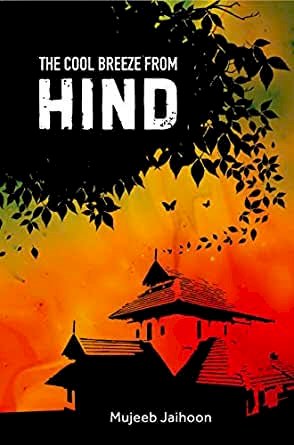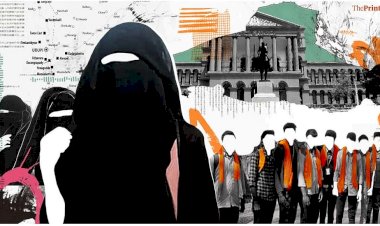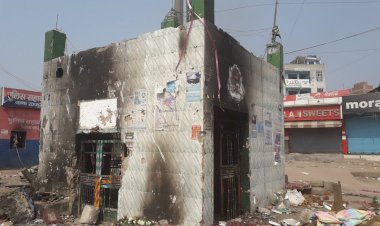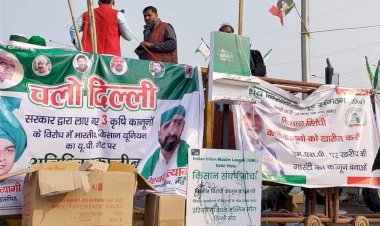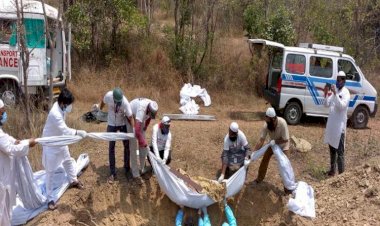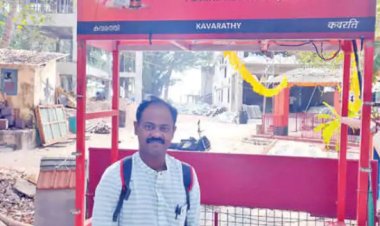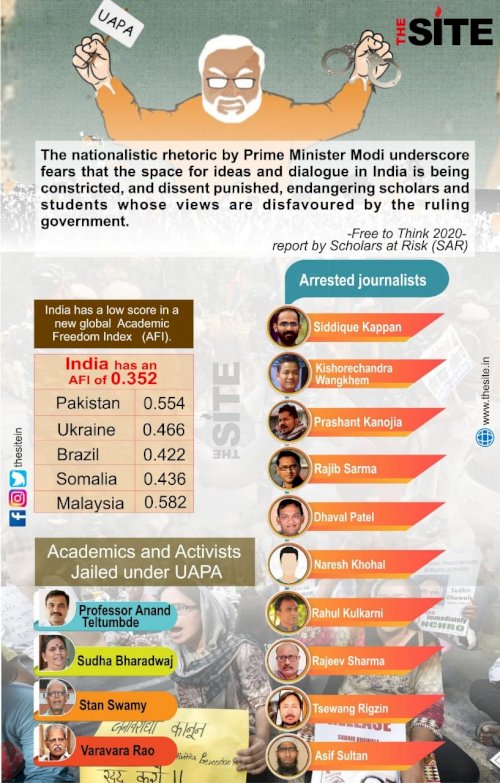Time to Redeem for Kerala Muslims
South Indian Islam is perennially different in contents and practices from its North Indian counterpart. The preaching of Islam by Sufi missionaries and the eclectic nature of social exchanges from the advent of Islam renders South Indian Islam stand apart from North Indian experiences of Islam which is rather politically mobilized. While North India suffered violent and rash departure from history when Partition forced demographic and religious changes, the South was fortunate to shield itself from this disaster.
Islam in Kerala has played an indelible role in shaping its economic and social history. Islam in Kerala could be geographically located into two; hybrid Muslim Arab settlements in the Malabar region and labour migrant Muslims into the deep South to cash on volatile fortunes after Portuguese forces inaugurated imperial colonialism. But, as noticed by Francis Robinson, both segments of Muslims in the State share identical history and practices with minor regional adaptations.
According to Caroline Osella, Islam in Kerala fits into ‘Glocalized Islam’, where sacred universalistic religious practices are integrated into social practices of society and thus new religion serves as continuity without inviting a backlash from other communities. This cultural integration enables delicate intercommunity amity to be revived. Proselytisation is done with minimal alterations to cultural and social identities and hence facilitating smooth transaction of society.
In North India, Islam more or less served as subservient to the political aspirations of rulers. Political extrapolation of religion often caused ruptures in the society, causing deep antagonism among the people. The fact that religion was a shot in the arm for the medieval rulers without much personal loyalty is glossed over in modern India. When judgments are passed about the Past in the present, it amounts to missing the trees for the forest.
But in Kerala, Islam was less associated with political assertion. In the long Kerala Muslim history, only one major Muslim kingdom could rule. And the sole Muslim dynasty itself was the successors of Muslim converts. Throughout history, the Arakkal dynasty followed matriarchy, something antithetical to popular Islam. Islam thrived under Hindu rulers and continued to be a consummate vibrant factor in Kerala.
In Kerala, the history of Islam is intrinsically blended with religious harmony and syncretic culture. Hindu population eagerly warmed to the egalitarian precepts of religion. Trade relations nourished the harmonious growth of Islam. “The growth of Islam in Kerala owed much courtesy to the tolerant populace of the time,” says Mujeeb Jaihoon, author of historical fiction about the Mappila community.
As a traveller and historian, Mujeeb Jaihoon has documented vividly poignant instances of religious tolerance which helped prosper Islam in Kerala. His book ‘The Cool Breeze From Hind’ is an unputdownable dossier of mutual interactions. While Islam was dreaded as an imperial power in North India, in Kerala the local Hindu rulers persuaded their subjects to convert to Islam, says the author. Zamorins of Kozhikode prevailed upon coast-dwelling people to convert to Islam to supply human resources for the naval fleet fighting Portuguese savages.
Many mosques of Kerala were built with the financial support of Hindu rulers. When the missionaries of the Malik Dinar band set afoot in Kerala, Chera rulers benevolently donated land and tax-free estate for mosques. Out of the first ten Masjids in Kerala, at least six were constructed with the largesse of the Hindu rulers. “That is why, when North Indian politics is mired ankle-deep in the slugfest of Muslim desecration of temples, Kerala enjoys immunity from temple politics”, proudly boasts Mujeeb Jaihoon. Nevertheless, he is anxious about the quick infection of the communal epidemic in the State too.
Besides, the author acknowledges the fact Muslim heroes are revered by the Hindus. The eponymous martyred Kunchali Marakkarand Kerala Robin Hood Kayamkulam Kochunni is held in high esteem by all. Still, before Hindu devotees proceed to Sabarimala, they venerate Vavaru Swamy, the Muslim confidant of the presiding deity Ayyappan. Dargahs have teemed with people across the religious divides seeking temporal largesse. The author highlights the multicultural nature of Nerchas (Uroos) to drive home the importance of cultural assimilation.
But the famed religious collaboration is increasingly under peril both from Hindu and Muslim communal forces. The idyllic serenity of religious harmony in the State could be shredded into severe wounds and yawning mistrust lest the State fails to repel the forces of disintegration reminds author with a pinch of foreboding.
Counter radicalization is alarmingly gripping Muslims in the State. Cultural assimilations are denigrated as unlawful accretions in the religion and demand urgent dismissal of such elements and return to sombre monolithic Islam, preached by Salafism. The time is exceedingly, demanding revitalization of the past legacies of cultural exchange. As once Hindus protected Muslim interest, nowadays Muslims are morally bound to sustain delicate religious pluralism. Even trivial concessions to religious communalism will wreak innumerable havoc across the State.


